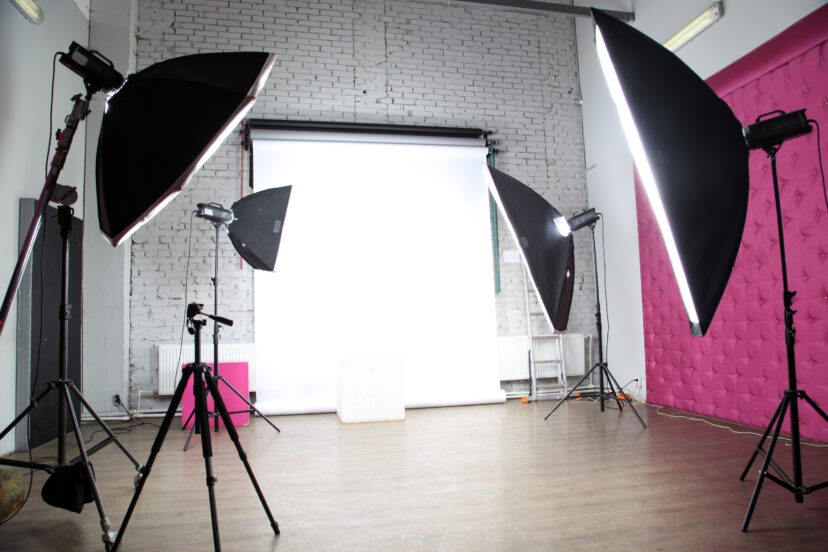Using Reflectors and Diffusers for Flattering Portrait Lighting
Introduction: Why Light Control Matters in Portraits
Learn how to create soft, natural portraits using reflectors and diffusers effectively. Good lighting can turn an ordinary portrait into pure magic. When I first started photographing people, I thought I needed fancy studio lights. But in reality, reflectors and diffusers completely transformed my portraits — even outdoors!
The secret? Learning how to shape light, not just capture it. In this article, I’ll show you how to create soft, natural portraits using reflectors and diffusers effectively — whether you’re shooting in bright sun or by a window.
Understanding Reflectors and Diffusers
What Is a Reflector and What Does It Do?
A reflector is simply a tool that bounces light onto your subject. Think of it as a second sun, but one you can control! Reflectors fill in shadows, add catchlights to eyes, and make faces look vibrant without harsh shadows.
What Is a Diffuser and How Does It Work?
A diffuser, on the other hand, softens light by spreading it evenly before it reaches your subject. Imagine holding a thin white sheet between your subject and the sun — that’s diffusion! It’s ideal for avoiding squinty eyes and shiny foreheads.
Choosing the Right Reflector for Portraits
White Reflector – Clean and Natural Light
White reflectors are your go-to for gentle fill light. They’re perfect when you want natural, soft tones — especially for daylight portraits.
Silver Reflector – Bright and Contrasty Look
Silver reflectors create stronger reflections, ideal for cloudy days when you need more light. But be careful — they can get harsh if too close to the face.
Gold Reflector – Warm, Sunset Tones
Want a golden glow? The gold reflector warms skin tones beautifully — great for evening shots or to mimic golden hour vibes.
5-in-1 Reflector – The All-in-One Toolkit
If you can only buy one reflector, get a 5-in-1 set. It includes white, silver, gold, black, and translucent covers — so you can handle any lighting condition.
Mastering Diffusers for Soft, Even Light
When and How to Use a Diffuser Outdoors
Diffusers are lifesavers when shooting under harsh sunlight. Simply position it between your subject and the sun. It cuts contrast and gives you flattering, even light.
Using a Diffuser Indoors with Artificial Light
Even with artificial light, diffusers are essential. A simple white umbrella or softbox works wonders for smoothing skin tones and removing those harsh shadows under the chin.
Practical Setup Tips for Reflectors and Diffusers
Positioning Your Reflector for the Best Results
Angle matters! Keep the reflector just below the subject’s chin, facing upward. This bounces light into the face and brightens the eyes without overexposure.
Balancing Direct Sunlight with Diffusion
If you’re shooting midday, place a diffuser above your subject to soften the sunlight, then use a reflector from below to bounce gentle light upward. Instant studio vibes — outdoors!
DIY Reflectors and Diffusers on a Budget
Short on gear? Grab a white poster board or a car windshield shade — both make great DIY reflectors. For diffusers, try a thin white bedsheet stretched over a frame.
Combining Reflectors and Diffusers Like a Pro
Shooting in Harsh Midday Light
This is where your diffuser truly shines. Place it above your subject to cut direct sunlight, then add a white reflector to lift the shadows. You’ll get smooth skin tones and natural contrast.
Creating Soft Golden Hour Portraits
At golden hour, a silver reflector can amplify the warm sunlight. Use it to fill shadows subtly, keeping that dreamy, cinematic look intact.
>>> Buy reflectors CLICK HERE <<<
Camera Settings and Angles for Balanced Light
Adjusting Exposure and White Balance
When using reflectors or diffusers, I always slightly underexpose my shots. This preserves highlight details while the reflected light fills in shadows naturally.
Finding the Perfect Angle of Reflection
Move your reflector slowly until you see the light “catch” in your subject’s eyes. That sparkle — called a catchlight — makes portraits feel alive!
Common Mistakes and How to Avoid Them
Over-Reflecting or Uneven Lighting
Too much reflected light can wash out skin tones. Watch your histogram and back off if highlights clip.
Wrong Diffuser Placement
If your diffuser is too far, it won’t soften light effectively. Keep it close — the closer it is, the softer the light appears.
Editing Tips: Enhancing Light and Skin Tones
Boosting Warmth Without Overexposure
In post-processing, gently increase warmth or vibrance, but avoid blowing out highlights. Subtle adjustments keep your portrait realistic and soft.
Subtle Dodging and Burning Techniques
Use dodge and burn tools to accentuate highlights and add depth to shadows. It’s like sculpting with light — a great way to enhance what you captured in-camera.
Conclusion: Bringing It All Together
Reflectors and diffusers aren’t just accessories — they’re light shapers. Once you learn to control and balance them, you can turn any location into a portrait studio.
So next time you shoot, remember: don’t chase perfect light — create it!
>>> Buy reflectors CLICK HERE <<<
FAQs
1. Can I use aluminum foil as a reflector?
Yes! Foil makes a strong, silvery reflector — just crinkle it slightly to scatter light evenly.
2. What’s the best size for a reflector?
A 32–40-inch reflector is ideal for headshots or half-body portraits. Go larger for full-body shots.
3. How do I hold a diffuser when shooting solo?
Use a light stand or clip it to a tripod. Some diffusers even come with handheld frames for easy setup.
4. Do reflectors work in cloudy weather?
Absolutely. Even diffused sunlight can benefit from reflection to lift shadows and add gentle highlights.
5. Should I use both a diffuser and reflector at once?
Yes — that’s the magic combo! Diffuse harsh light from above, then reflect from below to balance shadows perfectly.
Further photo tips here:
Golden Hour Photography: Mastering Nature’s Most Magical Light




